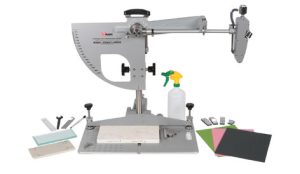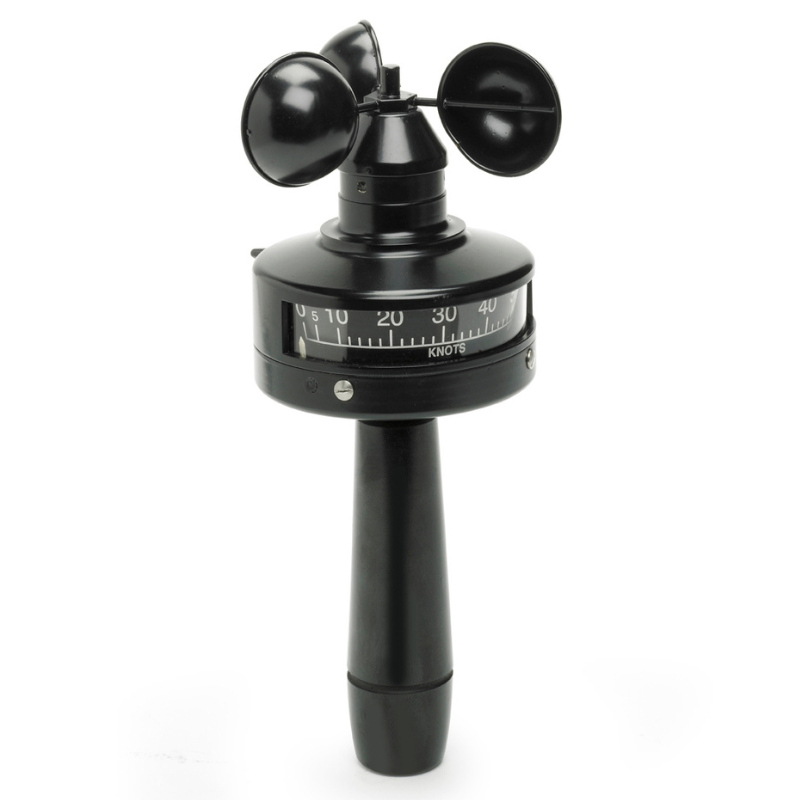Decking remains a popular choice for both commercial and domestic spaces, and can provide an attractive, sustainable, and durable flooring choice. Care should be taken however to ensure the surface is safe and fit for purpose, or responsible parties could find themselves in hot water in the event of a slip.
What Constitutes Anti-Slip?
It is generally accepted that surfaces presenting a PTV of 36 or more in wet conditions, when tested in line with UK Slip Resistance Group Guidelines, can be considered anti-slip. Given that the vast majority of decking is situated externally and exposed to the elements, an anti-slip surface is crucial if the surface is to be safe. Whilst the law is not explicit, it is typical that surfaces failing to achieve 36+PTV will be regarded as unsafe. Those seeking a decking product should then be safe if they obtain one with a certificate stating 36+PTV, however decking presents some complications that mean selection is not always as straightforward as this.
Surface Profiles; Micro vs Macro
Almost all timber decking will present a rough micro-profile due to the grain of the wood. The extent of this roughness is dependent on how the wood is processed and finished. A softwood with a sawn-cut finish will provide a rougher micro-profile than, for instance, a planed/sealed hardwood.
Any sealants, varnishes, or similar finishes can smooth the micro-roughness and decrease slip resistance. However, such products may introduce a roughness of their own, by the inclusion of an embedded anti-slip particulate. Application of an anti-slip sealer will boost slip resistance and reduce the directional effect by increasing surface micro-roughness. Consideration should be given to the potential for the sealant to wear however.
Whilst macro-smooth decking relies solely on micro-roughness to provide a degree of slip resistance, many types of decking incorporate the familiar grooved macro-profile cut into the surface. The edges of the peaks of the profile pierce the lubricating film and bite into the rubber of a person’s shoe soles, or the calibrated slider on a Pendulum tester, increasing friction.
The sharper the edges of the macro-profile, the more effectively they will cut through the lubricating film. The profile edges will become gradually rounded over time due to wear and slip resistance is likely to reduce. This is one reason why regular, periodic testing is important to ensure ongoing compliance.
The peaks of the profile still offer the benefit of micro-roughness discussed above, albeit over a smaller area. There is often a trade-off between the beneficial effects of micro and macro profile.
Directionality
Due to the grain structure of wooden decking, its slip resistance is highly likely to depend on the direction in which it is tested, or indeed, the direction in which a person walks upon it. Such materials are known as anisotropic.
The slip resistance measured along the grain of the wood is likely to be lower than that measured across the grain. The profile cut along the grain of many types of decking will help increase slip resistance across the grain but will do nothing to help it in the along direction. In fact, the reduction in contact area may even reduce it. For this reason, wherever possible, decking should be laid with the profile or grain running perpendicular to the direction of travel. This is easily achieved on a bridge or walkway, but less so in larger, open areas.
Due to this sensitivity to direction, care must be taken to match the direction of testing with the expected direction of traffic in end use. Where traffic direction cannot be controlled we recommend that the worst performing direction, with the lowest PTV, should be considered to represent the risk of slip.
Our own tests report the lowest performing direction as the overall PTV, however others select the highest, the mean or the median. As pedestrians do not experience an average slip resistance but a discrete one, we believe only the lowest performing result is of use. Stating that the minimum slip resistance is above a certain level is useful in both ensuring a safe surface and defending slip injury claims. Stating that performance is a certain level on average, or below a certain level, is neither useful nor safe. There are clear commercial benefits to alternative classification of course, and in the defence of those relying on them, the guidance on the ultimate PTV is ambiguous. Regardless, the directionality of testing remains a crucial aspect of classification.
Slider Selection
BS 7976-2 is capable of modelling both shod pedestrians (slider #96/4S) and barefoot pedestrians (slider #55/TRL) with different rubber pads mounted to the test foot. On heavily profiled surfaces, such as a grooved deck, the UKSRG Guidelines recommend testing with both sliders regardless of the end use. This is because the macro-profiled surface exaggerates the interlock between sole and floor under the high pressure of a person’s foot, whereas the Pendulum foot with its relatively light surface pressure has a tendency to skip over the surface.
Buyers and specifiers of anti-slip decking should consider the results from both slider #96 and #55 when assessing anti-slip performance.
Variability in Natural Products
Wood, as a natural product is typically subject to greater variability than many man-made materials. This can result in batch-to-batch and even plank-to-plank changes in slip resistance. Therefore, any slip resistance results given by suppliers or manufacturers may differ from the installed product. In-situ testing of flooring is always important and decking is no exception. If variability is significant and around the crucial 36PTV low risk cut off, a greater than normal number of slip tests may be required to establish an accurate, and reliable, indication of slip risk.
Organic Growth
Organic growth on wooden decking is as common as it is detrimental to slip resistance. The growth of slimy algae forms a semi-solid contaminant when combined with water that the profile of the wood is often unable to effectively disperse. Anti-fungal treatments can help, as will periodic mechanical cleaning. Any aggressive mechanical processes are likely to wear the surface, similarly reducing slip resistance performance, so expert advice should be sought.
Due to its absorbent nature, wood will remain “wet” for longer than many other surfaces. Only the thinnest film of water is required to induce a slip and damp wood is likely to provide this. This is an important consideration for those who might say that decking will only be used in dry conditions. The surface will remain wet for a considerable time after rain has ceased.
Anti-Slip Treatments
There are a wide range of anti-slip treatments available to increase the slip resistance of decking and reduce the risk of a slip. It is generally far better to specify and instal anti-slip decking than to try and remedy the issue in situ however. For domestic use, a simple sealer incorporating an anti-slip particulate is likely to be sufficient, but for commercial projects wear and longevity will be a concern for any coatings. Anti-slip resin inserts can be retrofitted for long term performance, but the spacing of strips should be such that someone cannot slip between them.







